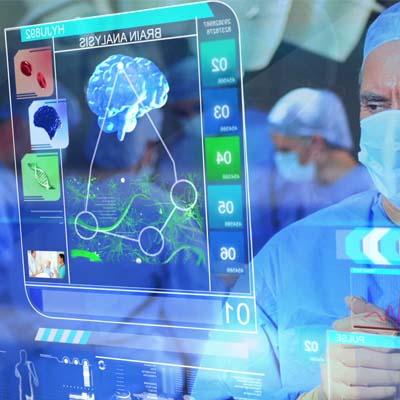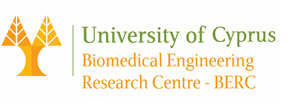 Digital health could be defined as the convergence between the digital revolution and medicine. In the field of medicine, digital technology has remained predominantly at hospital and research centre levels, and is yet to achieve its full potential. The term digital medicine is increasingly starting to be used synonymously with ideas such as mobile health, digital health, health IT, or eHealth, and encompasses numerous different concepts such as sensors, apps, telehealth, games, electronic health records, interoperability, and quantified self. The increasing importance of digital health is evident from the interest of technological giants such as Apple, Google and IBM investing significant resources and money in the field. The so-called digital revolution has also increased the awareness of the public which is anxious and demanding for clinical information systems to be put in place. Digital health is an integral part of precision medicine. For once, if the envisioned patient data clouds, containing billions of datapoints per individual (covering time-resolved, -omic profiling, environmental, imaging, medical and lifestyle data) are to become a reality, then practical concerns relating to data heterogeneity, data storage capacity, data uniformity, consent and data protection must be addressed. Complexity and both monetary and human resource cost of storage and analysis along with data accessibility also present major challenges to the advancement of precision medicine. The pace of novel data generation, the complexity revealed in pathogenic signalling networks (particularly for multifactorial disease) makes this an increasingly difficult task more suited to integrated teams comprising a range of specialists.
Digital health could be defined as the convergence between the digital revolution and medicine. In the field of medicine, digital technology has remained predominantly at hospital and research centre levels, and is yet to achieve its full potential. The term digital medicine is increasingly starting to be used synonymously with ideas such as mobile health, digital health, health IT, or eHealth, and encompasses numerous different concepts such as sensors, apps, telehealth, games, electronic health records, interoperability, and quantified self. The increasing importance of digital health is evident from the interest of technological giants such as Apple, Google and IBM investing significant resources and money in the field. The so-called digital revolution has also increased the awareness of the public which is anxious and demanding for clinical information systems to be put in place. Digital health is an integral part of precision medicine. For once, if the envisioned patient data clouds, containing billions of datapoints per individual (covering time-resolved, -omic profiling, environmental, imaging, medical and lifestyle data) are to become a reality, then practical concerns relating to data heterogeneity, data storage capacity, data uniformity, consent and data protection must be addressed. Complexity and both monetary and human resource cost of storage and analysis along with data accessibility also present major challenges to the advancement of precision medicine. The pace of novel data generation, the complexity revealed in pathogenic signalling networks (particularly for multifactorial disease) makes this an increasingly difficult task more suited to integrated teams comprising a range of specialists.
In the concept of the IPMT CoE, heterogeneity and accessibility will be addressed by creating appropriate standards and infrastructures which will address the challenges described above. In addition, to address the analysis bottleneck (a major problem addressed in the bioinformatics community as well), graphical user interface (GUI)-based tools (for users without coding knowledge) will be created to greatly lower analysis costs. Going one step further, modules that also interpret and visualize the data in terms of recommending personalized treatments will be created. The development of computational models to enable researchers to map the functioning and malfunctioning of the human body, across multiple levels of structural and functional organization, has been identified as central to the implementation of precision medicine by the CASyM consortium. We also intend to proceed with the validation of mobile/wireless tools (including sensor technologies, smartphone applications, behavioural analytics and decision support software, or integrated platforms) for health assessment, monitoring or intervention delivery and even distributive public support of data analytics. In the short term, the project aims to develop research evidence to support adoption of innovative mobile and wireless health technologies which support disease prevention, treatment, disease management, or survivorship. Longer term goals are the integration of these technologies into clinical assessment and care, intervention delivery within health systems and health research.
